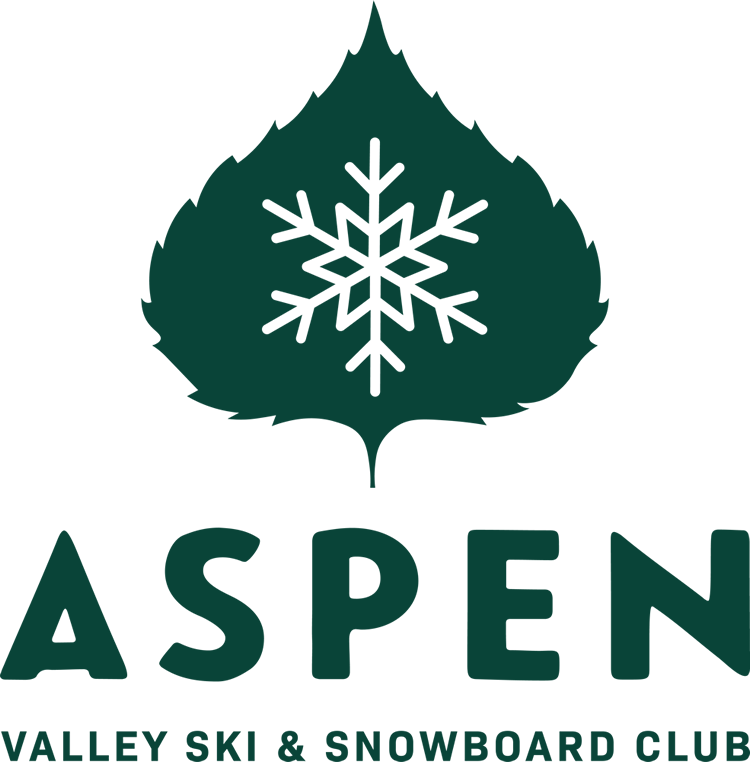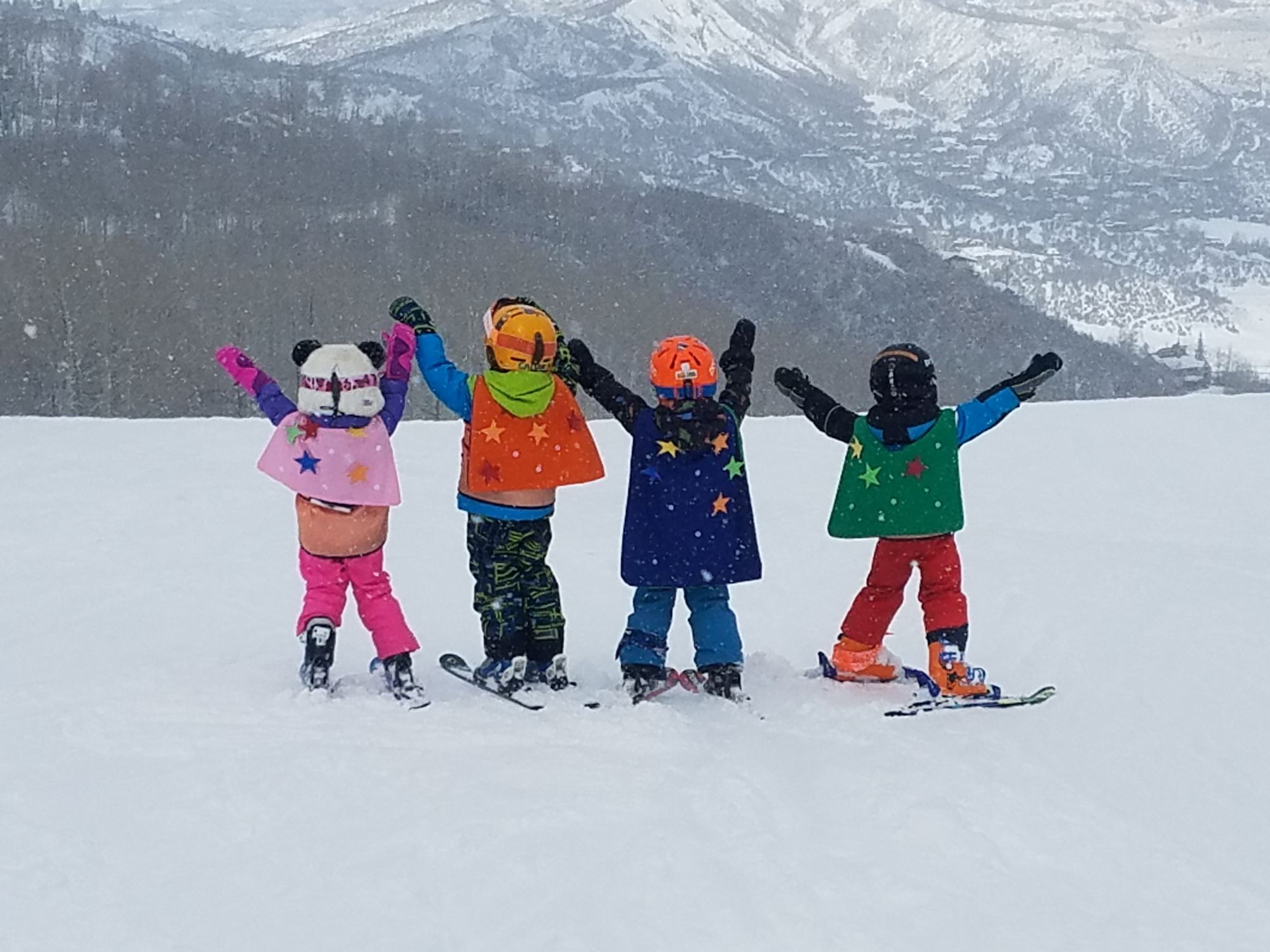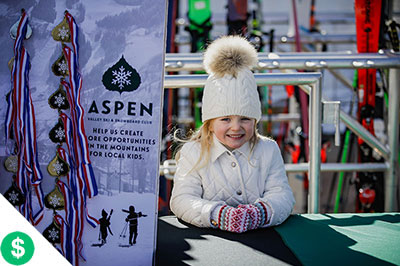Great Athletes,
Great Kids!
Aspen Valley Ski & Snowboard Club's mission is to provide all youth in the greater Roaring Fork Valley the opportunity to excel as athletes and as people through winter sports.
Audi Ajax Cup Tickets on Sale Now
AVSC Events|Dec. 11-14


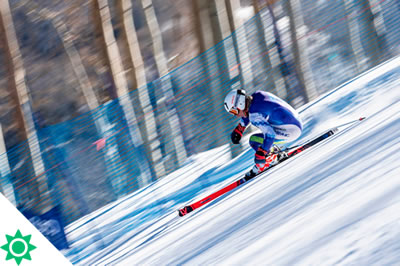
HOW TO REGISTER-TEAM
All the info you need to register – from program guides to scholarship forms – is accessible online.
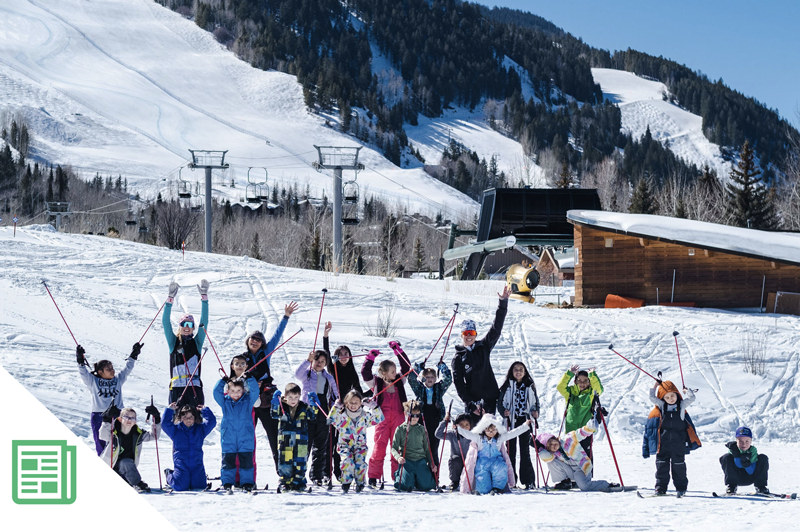
CLUB NEWS
Check out the latest and greatest news from AVSC, from athlete achievements to the latest in the community.
The Real Cost of Great Programs
Every AVSC program is meaningfully subsidized thanks to the generosity of donors who believe in making snow sports accessible to all local youth. The true cost of delivering top-tier coaching, facilities, and support far exceeds the program fees we ask families to contribute.
If you’re in a position to do so, we invite you to make a tax-deductible gift to help bridge the gap between the actual cost of our programs and what families pay. Your support ensures every child has the opportunity to learn, grow, and thrive on the mountain.
If you feel especially inspired to champion this mission, we’d be grateful for the chance to connect one-on-one. Please email us to start the conversation.

Aspen Valley Ski & Snowboard Club
Founded in 1937, AVSC is the Roaring Fork Valley’s oldest and largest youth non-profit. We coach and inspire kids to excel while promoting a community of passion, grit, and mountain culture.
AVSC Instagram

